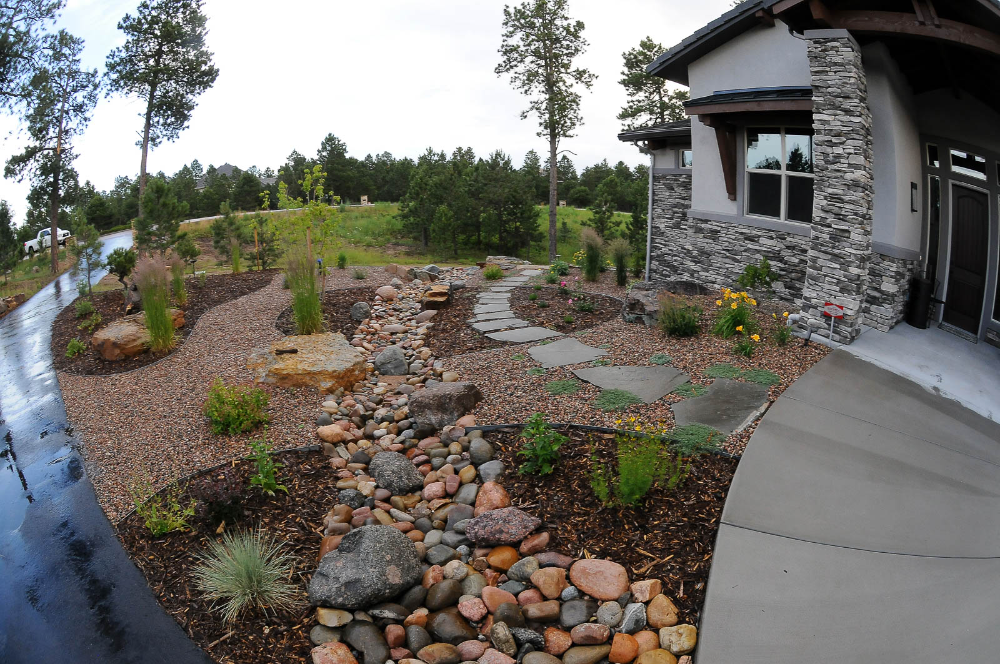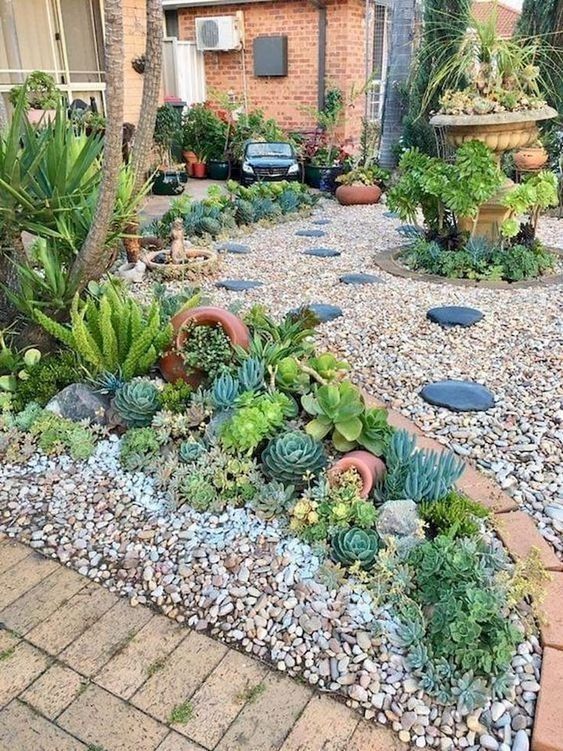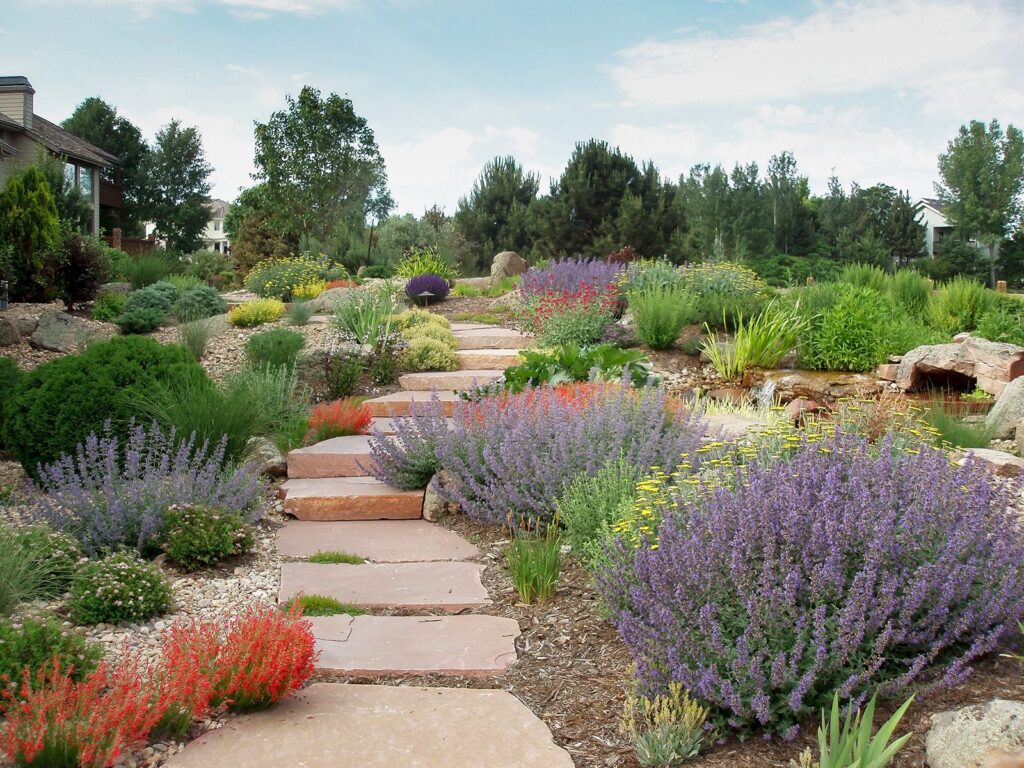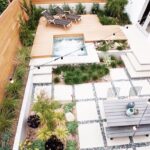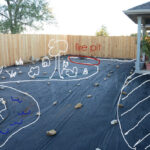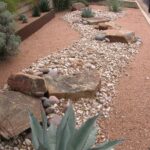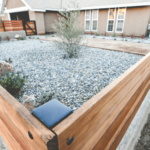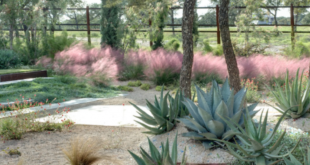Xeriscaping is a landscaping method that focuses on using drought-tolerant plants and reducing the need for water irrigation. This approach is not only eco-friendly but also beneficial for creating a low-maintenance backyard. To incorporate xeriscape ideas into your outdoor space, consider these innovative design options.
One idea for xeriscaping your backyard is to opt for native plants that are well-adapted to your region’s climate and soil conditions. By choosing plants that are already accustomed to the local environment, you can reduce the need for extra water and maintenance. Native grasses, wildflowers, and succulents are excellent choices for xeriscaping and can add color and texture to your landscape.
Another xeriscape idea is to incorporate hardscaping elements such as gravel pathways, rock gardens, and stone borders. These features not only add visual interest to your backyard but also help to reduce water usage by minimizing the amount of turf that needs to be watered. Plus, hardscaping elements are durable and low-maintenance, making them a practical addition to any xeriscape design.
To create a cohesive and harmonious xeriscape design, consider grouping plants together based on their water requirements. By grouping together plants with similar watering needs, you can efficiently manage your irrigation system and conserve water. For example, you can create separate planting zones for high-water plants, moderate-water plants, and low-water plants to ensure that each group receives the appropriate amount of moisture.
Incorporating mulch into your xeriscape design is another effective way to reduce water usage and maintain soil moisture. Organic mulches such as wood chips, bark, or compost can help to suppress weed growth, regulate soil temperature, and retain moisture in the soil. In addition to conserving water, mulch also improves soil health and provides a finished look to your xeriscape landscape.
Incorporating water-saving features such as rain barrels, drip irrigation systems, and smart irrigation controllers can also enhance the sustainability of your xeriscape design. Rain barrels can collect and store rainwater for use in watering your plants, while drip irrigation systems deliver water directly to the roots of plants, minimizing evaporation and runoff. Smart irrigation controllers can be programmed to adjust watering schedules based on weather conditions, soil moisture levels, and plant water requirements, ensuring efficient water usage in your xeriscape backyard.
 yishifashion Where Outdoor Dreams Become Reality
yishifashion Where Outdoor Dreams Become Reality
